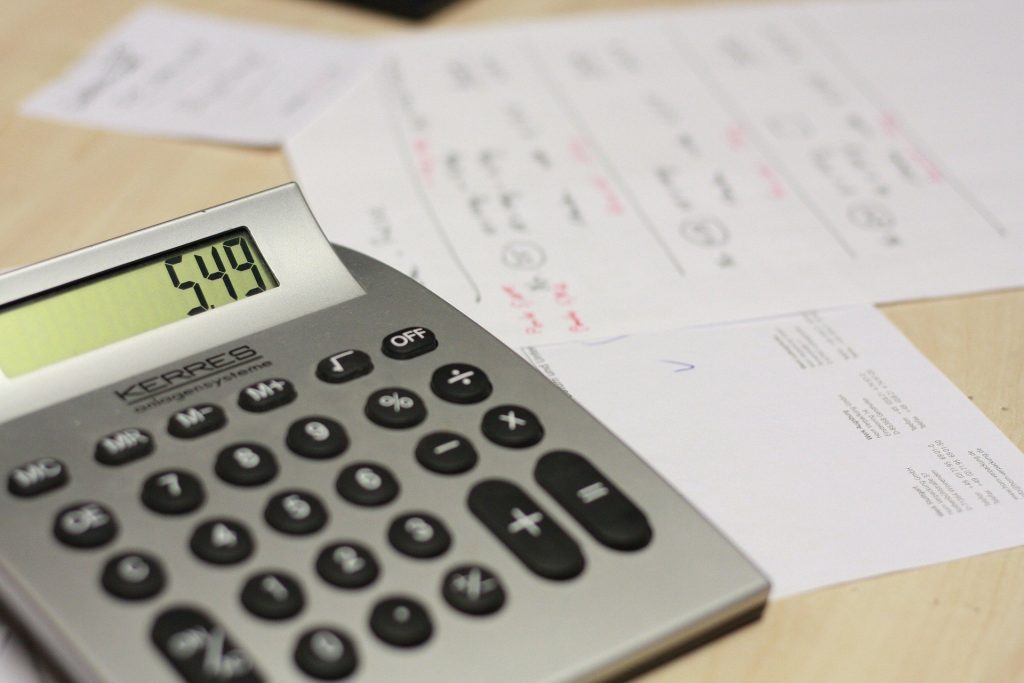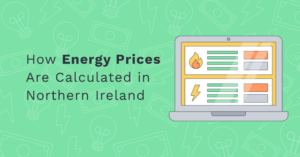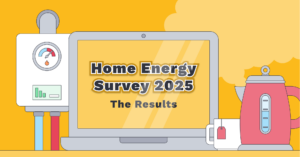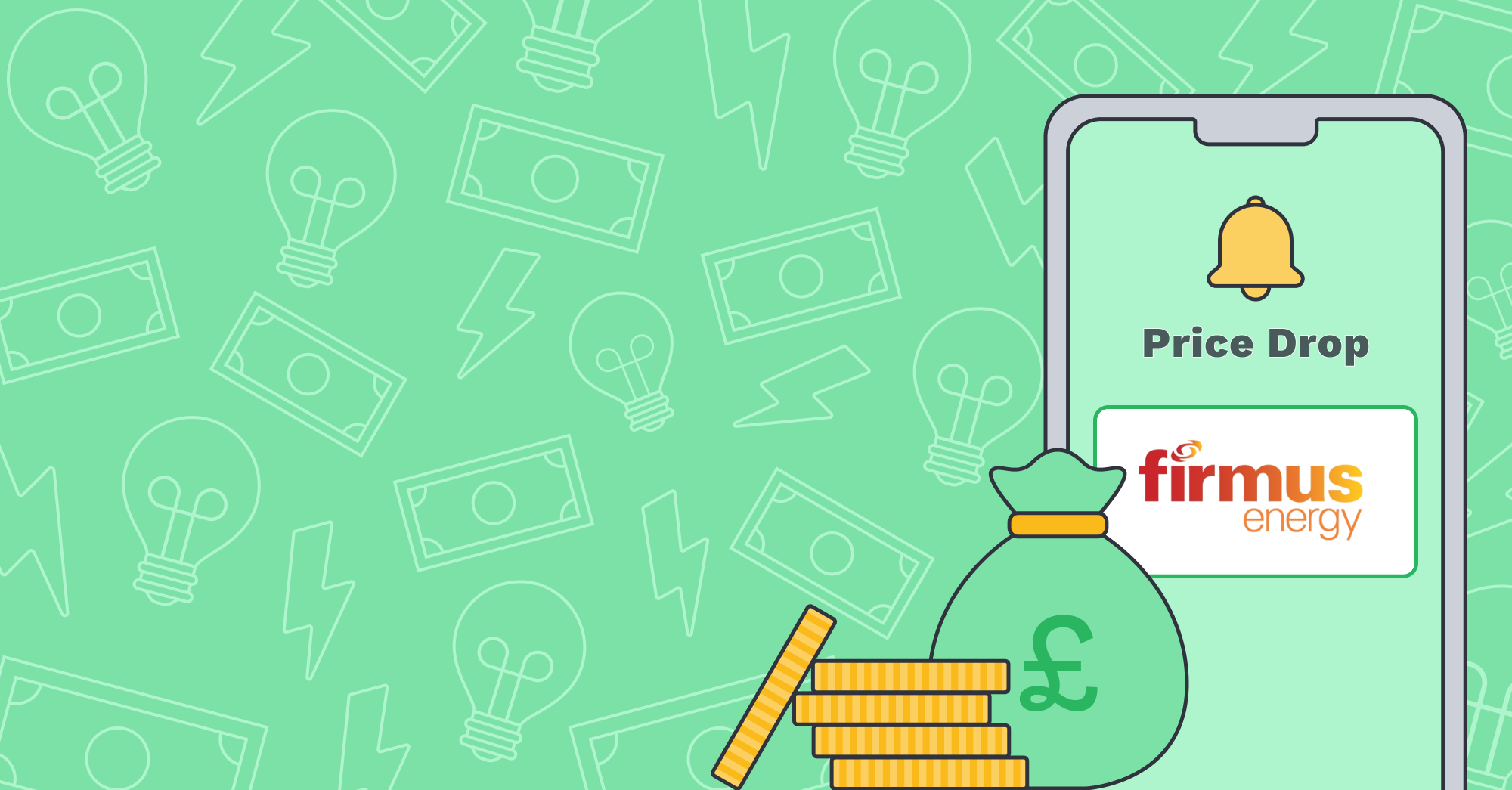It’s true there are more fun things to do than examine your energy bill and it isn’t the easiest thing to read either, but it contains lots of useful information and much more than just what has to be paid.
Bills provide information on how much energy has been used, how the bill has been calculated, your customer reference number and a range of information on your tariff and charges.
The basics
- Open your bill
This seems like a simple one, but often it’s all too easy to ignore your bill or shove it in the ‘special filing cabinet’ (also known as the bin). Please don’t do this, as you could be throwing away cash. You wouldn’t scrunch up a hundred pounds and throw it away now, would you?
- Read you bill
Taking the time to read and understand your bill is important. Learning what the different parts of your bill mean will help you to save money.
- How often should you get an energy bill?
This will often depend on the supplier and tariff that you have signed up to. In Northern Ireland, if you are on a typical plan, you may be billed every few months or quarter, and depending on whether you have signed up to online billing or not, you will receive your bill in the post or online.
- PrePayment (PaYG) Tariffs
For people who use a prepayment meter (Pay as You Go) they will not receive a regular bill but will receive an annual summary or statement. This will include details of the tariff, energy used and other useful information
How am I charged?
Electricity bills are charged in pence per Kilowatt hour (kWh) and electricity meters usually measure in kWh.
[One kilowatt hour is equivalent to 1000 watts of energy used for 1 hour. For example, a 100-watt lightbulb switched on for 10 hours will use 1 kWh of electricity]
The rate you pay will depend on the tariff you are on, your supplier, payment method and how you receive bills. The best rates are usually available if you choose to pay by direct debit and receive bills online.
If you see two different rates on your bill this may mean that you are on an ‘Economy 7’ tariff (day/night rate) or your tariff rate changed during the billing period. This may be because the tariff rate changed/reviewed during the billing period or an introductory discount has ended.
Suppliers will also display a breakdown of average daily consumption and a comparison of consumption to the same period last year. Bills will also provide a summary of ‘Fuel Mix’ which explains the fuels used to generate your electricity and their impact on the environment.
Key information on your electricity bill
The Utility Regulator sets out the information that energy suppliers must present on their bills. Although the exact wording and layout may differ across energy suppliers they should contain similar information which will include:
- Customer Name and Address
Check the bill is addressed to you and is for the correct property which is displayed under the Supply Address. If you have not registered with the supplier the account may be addressed to “the occupier”. If so contact the supplier and register your details. If you are moving out of a property, your supplier may require a forwarding address in order to close your account.
- Account or Customer Reference Number
This is your unique identification number and is usually printed at the top of your bill.
- Meter Point Reference Number (MPRN)
This number identifies the property and meter to which the gas or electricity is supplied.
- Billing Dates (and Invoice Number)
Check that the bill only covers periods when you were living in the property.
- Meter Serial Number
The meter serial number on the bill should be the same as the number printed on your meter. If these are different, then the bill may not be for your meter and you should contact your supplier so this can be rectified.
- Payment (or Action Required)
Your bill will set out any action you have to take on receipt of the bill. If you are on a Direct Debit plan there is usually no action to take – any amount owed will be automatically deducted from your account.
Electricity usage breakdown
- Tariff Name
This is the name of the tariff you are on. It will normally be displayed on the front page of your bill
- Electricity Usage
This is how many units of electricity you have used up during the billing period. Energy units are measured in kilowatt-hours (kWh).
- Tariff Unit Rate
This is the rate your units are charged at. The amount of electricity used multiplied by unit price will give you the total amount for your electricity usage before other charges are applied.
- Meter Readings
Check your meter reading on your bill against that on your meter to ensure it is compatible. If a reading is estimated (E) or has been provided by the customer (C), this should be stated on the bill alongside the reading. An Actual (A) means the meter was read by NIE Networks.
If your reading is estimated contact your supplier with an up-to-date reading. This will ensure you receive a bill based upon an actual meter reading. If you have difficulty reading your meter, contact your supplier and ask what assistance they can provide.
TIP: Make sure your bills are based on actual readings as this helps ensure they are accurate and will help you avoid unexpectedly high bills. Your meter should be read on a regular basis but you can also submit a reading yourself by contacting your supplier to submit a read.
- Historical Usage / Comparison
Your bill will also provide a comparison of your current energy consumption against consumption for the same period in the previous year. This can be useful to determine if you are using more energy or less and the impact of this on your bill.
- VAT
VAT is applied at 5% on the total, so you pay VAT on every element of your bill
- Balance brought forward (Credit or Debt)
This is any credit or debt that has been brought forward from previous bills. You’d think that “credit” is something you owe, but no! In the energy world, credit means that you’ve paid. “Debt” on the other hand, means you owe your energy supplier money.
Unexpectedly high electricity bill
The following are common reasons why some bills may be higher than others. You should check these to ensure your bill is accurate. For any errors or issues with your bills, your first port of call is to contact your supplier and provide them with your account number and the invoice number
- Wrong bill
Although an obvious point make sure the bill is for the correct address and not for another property.
- Estimated bill
Check whether the meter readings are estimated (an E may be displayed beside the meter reading). Estimated bills will not be as accurate as actual meter readings. If this is the case, take an actual meter reading and provide it to your supplier so they can produce an accurate bill.
- Billing period
Check that the bill covers the dates you were resident in your home and not for dates before you moved in. Also ensure that when comparing billing periods you take into account summer usage will often differ from winter usage.
- Not receiving bills
If you are not receiving bills it might be tempting to say nothing, but you have a responsibility to bring this to the attention of the supplier. Consumers often believe that if the company does not bill them they won’t have to pay, but there is a responsibility to pay for any energy used.
- Faulty meter
If you think there may be a fault, keep a log of meter readings every day for a week. If you have done this and still think there’s a fault, contact your supplier with this information. They can arrange for a test on your meter to find out whether it is faulty or not.







